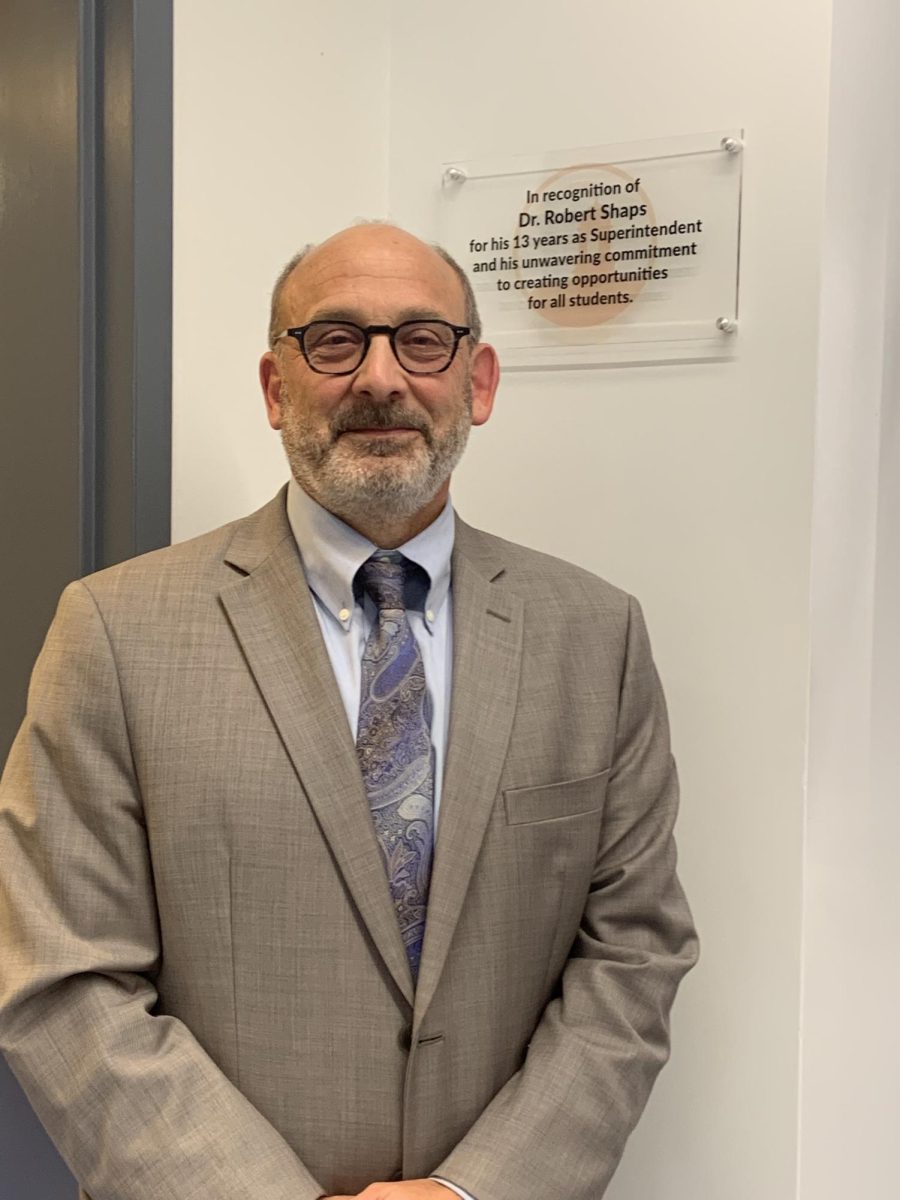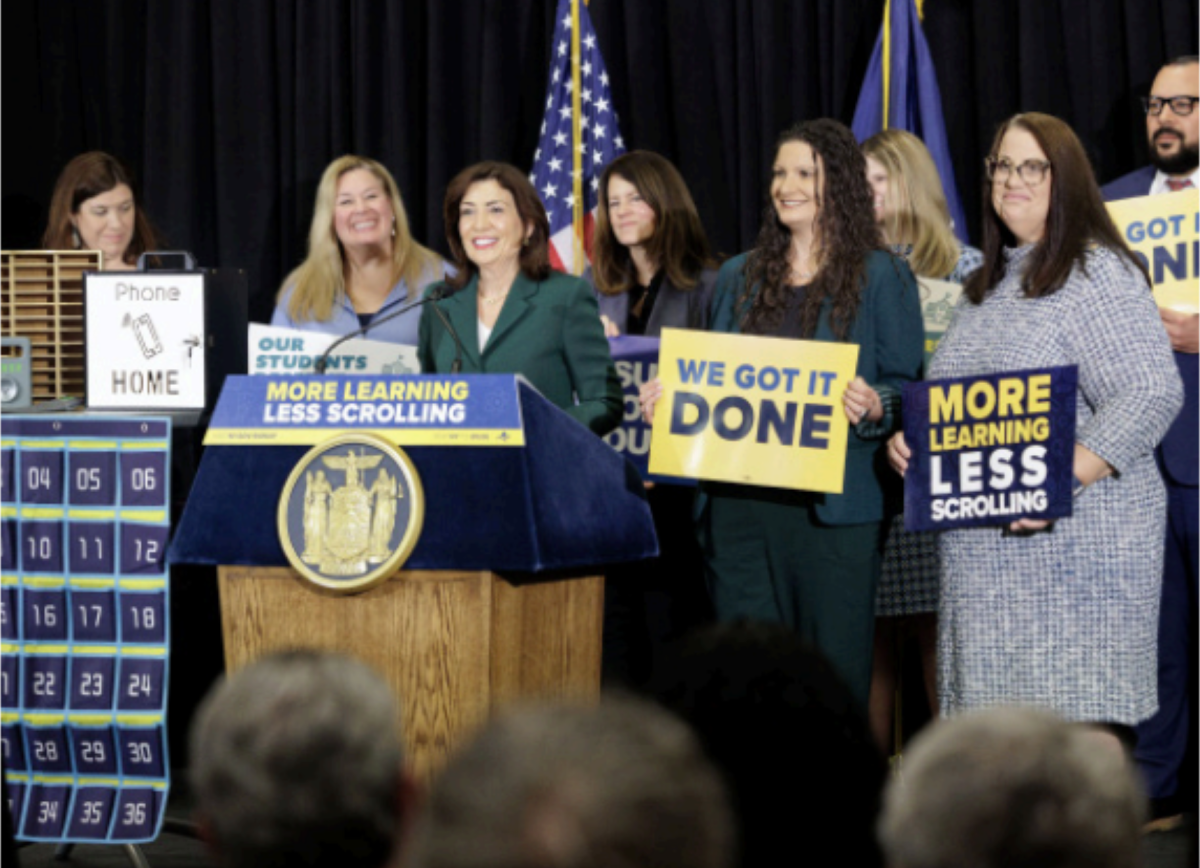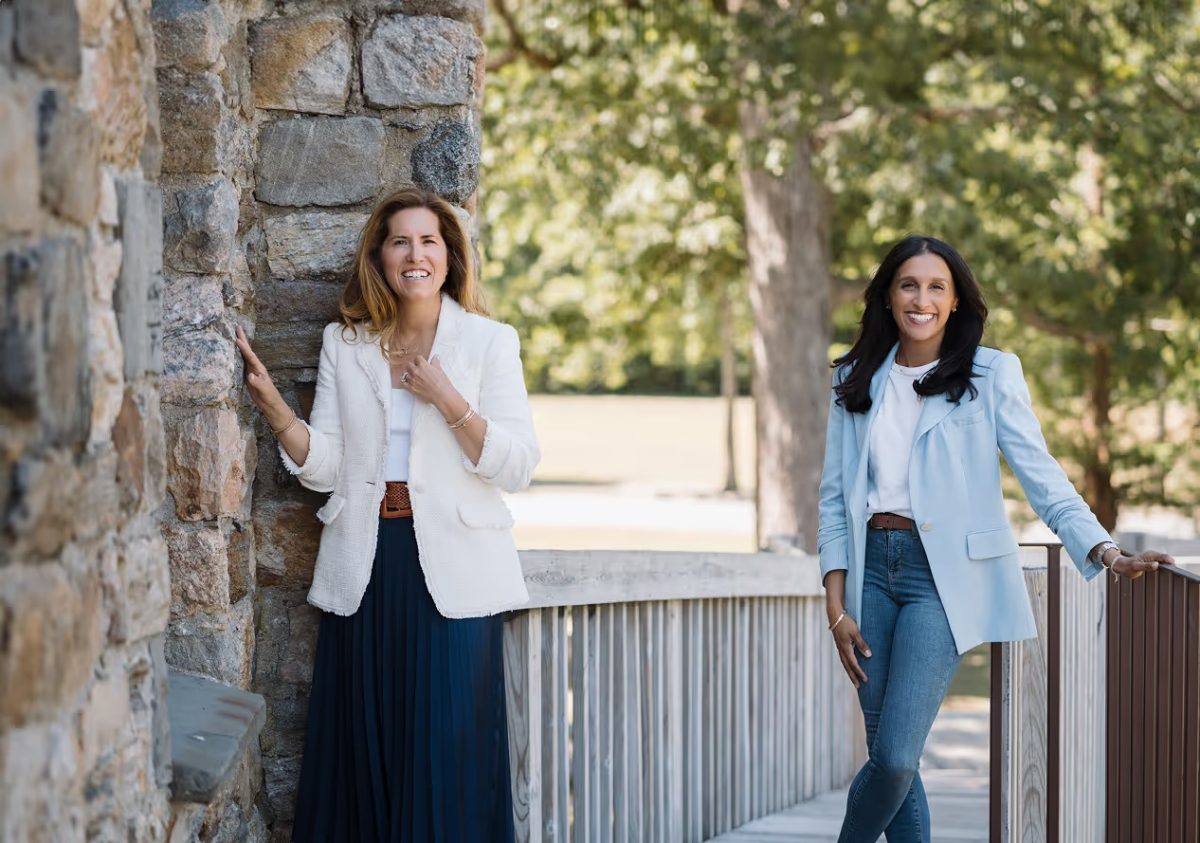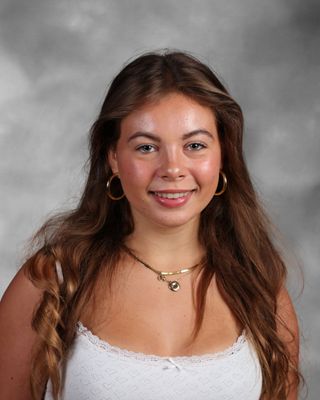Dr. Robert Shaps, the now-former Superintendent of the Mamaroneck School District, retired last Tuesday, October 31st, after 13 years of leadership. Across Shaps’ many years of experience, his mindset regarding Mamaroneck students has stayed the same: “How do you wake up each day, come to work, and make the place that much better for the next day?” This question was the primary motivation behind his work, allowing him to make a lasting impact on the school district with his dedication. At the start of Shaps’ role as superintendent, it was essential for him to “understand what’s important to the community and the people who are a part of it” in order to run the school in a way that effectively met the requirements of a diverse array of people. While Shaps had held three other superintendent positions in the past, one of which was in New York State, the Mamaroneck School District was unique in its demographics and standards, and Shaps had to adjust to meet those values.
Upholding the district’s values was a guiding aspect of Shaps’ work and responsibilities. While it was essential to acknowledge traditional educational standards, Shaps was also inspired by a “notion of innovation” in the sense that he embraced authentic learning and unique program opportunities within the district.
One of the most significant projects reflecting these values is the Dos Caminos program, which starts at Mamaroneck Avenue School and follows students through Hommocks and MHS. The program, which connects Spanish and English-speaking students at the elementary school level and fosters a dual-language learning environment, began under Shaps’ leadership and now has over 700 participating students. While the Dos Caminos program was initially challenging, adjusting traditional curricular pathways and having to transport students from across the district to Mamaroneck Avenue School, Shaps is “really proud of the program” and grateful that the district took a “leap of faith” in creating it. This “leap of faith,” Shaps says, is crucial in creating positive change. “We tend to want to go slow…want to keep things status quo,” Shaps expresses, regarding any administration’s cautious and often reluctant mindset towards change and innovation. However, as Shaps points out, “the world is changing…we need to change how students learn to be prepared for their world.”
Recent additions to Mamaroneck High School, such as the CO-LAB STEM and Design space and Culinary Lab, have allowed students to embrace their passions by providing a “blended learning experience,” enabling them to explore paths in career and technical work.

Other unique learning experiences, such as student-led programs OSR (Original Science Research) and OCRA (Original Civic Research and Action), have taken strides to reflect our changing world and education system. These programs, which have grown to encompass hundreds of students, do not follow a traditional learning structure and allow students to create their curriculum. OSR and OCRA would not have been possible without the support of Shaps, to which he credits the importance of a “strong sense of values and direction.” The character of our school district is defined by this sense of direction, about which Shaps expresses, “It is incumbent on the [Board of Education] and the system to articulate the values and the mission [of the district], but it’s the role of the leader to bring out that mission fully.”
As the leader of the Mamaroneck Schools district, Shaps had an immense level of responsibility to carry out the vision of not only the Board of Education but the students, staff, and parents as well. Catering to the interests of such a large and diverse community was challenging and incredibly stressful. “Leadership is hard, and leadership is lonely,” Shaps reflects, especially since he is “held accountable for the success or failure of the system.” The Mamaroneck School District comprises 3,400 families, all with a “different set of values and history” that impacts their idea of how the school district should operate. Shaps says, “Everyone went to school, so parents, community members, and students all have an idea of what a school should be… they [have] internalized their idea of what a school should be, and…that drive[s] their perception of how we respond.” As a result of these conflicting mindsets amongst parents, there was occasionally controversy over how Shaps and the Board of Education handled significant issues.
One of the most challenging aspects of Shaps’ job was handling complaints in an understanding and effective manner. Many community members have expressed frustration that the district has failed to produce an effective solution to numerous systemic challenges, such as the lack of connection between the four elementary schools and the difficulty in regulating the immense population growth in the district. Fiscal limitations amplify these concerns because the district often needs more funds to meet parent and student demands, on top of existing disagreements over the allocation of present budget resources. Different areas of Mamaroneck and Larchmont have different fiscal priorities, and Shaps argues that many community members need to adopt a well-rounded mindset regarding the district’s shortcomings. Many complaints from parents, who often believe that what is best for their child is also what is best for the district, are frequently biased and do not consider the well-being of the school district as a whole. As a result, Shaps often had to make decisions that override parent complaints, asserting that he made decisions “with the students in mind, not the adults.” However, he emphasizes that the key to handling conflict is consistency, “because at least people feel that you are fair.”
While the Shaps’ administration aimed to value “fairness,” it has been a frequently used term in recent discourse, specifically regarding a 2020 lawsuit on equity-related charges, which accused the district of harboring an environment of racial discrimination. The case sparked a series of concerns from community members about if administration was effectively upholding the district’s values of integrity and fairness. While many felt that Shaps and the Board of Education did not effectively handle the lawsuit, Shaps disagrees with these claims. He says that he didn’t believe that “the rhetoric around experiences [was] honest and accurate because of the emotion” regarding the lawsuit, continuing to associate the events of the case with the complications of living in a “world of social media.” Claiming not to have had the opportunity to inform the community about the things the district does to combat discrimination given the “tone and tenor” of the lawsuit, Shaps went on to highlight the school’s strong relationship with Facing History and Ourselves, an organization educating students about discrimination.
Connections such as these have enabled the district to create a “strategic plan” with “meat on the bones” regarding addressing equity concerns. “A lot of districts…because of politics…have tried to step away from [discrimination] and deflect it…and we have leaned into it,” Shaps claims, continuing to emphasize the effectiveness of our current diversity-inclusion system following the events of the lawsuit. While the efficacy and maintenance of our school equity guidelines are still unclear, Shaps asserts that he and the district worked to “ensure that all students and staff feel safe, valued, and respected coming into school each day.” It was a priority of Shaps to maintain the well-being of students by working towards their happiness and success, emphasizing first-generation students and students of color.
Shaps’ connections with students and staff were the most critical aspect of his career. While there is a common misconception that superintendents are unapproachable and intimidating, Shaps attempted to make strides to break this characterization and connect with students and staff on a personal level. Reflecting on his relationship with fellow staff members, Shaps expressed that “those who know me, many of the teachers on a personal level, [know] I love to laugh. I love to get to know people…I love getting to know their families and their interests,” showing a side that is not frequently associated with his position. He has and still does enjoy close relationships with other staff members, mentoring them through their positions and helping them grow as leaders to “live a leadership story.” These connections were created by supporting their growth and ideas, assisting them in advancing to new positions and taking on challenging responsibilities. He learned how to help students and staff by “getting to know the system by being everywhere” and “observing, asking questions, and honoring the work that has been in place, trying to make sense of it, and moving it forward.” By doing this, Shaps was able to gain a more broad and well-rounded perspective when assisting others.
Shaps also mentored students by helping them along their journey to adulthood. These connections start at a young age; Shaps has been to almost every musical concert at the high school and middle school for the past 13 years, as well as frequently attending athletic contests, club events, and plays. At these events, Shaps can “see the joy” in the student body and learn what is important to them because, in the end, that is what is most important: the students and their growth. Shaps hopes that the most significant impact he left on the school was on the students and the opportunities he created for them.
Dr. Shaps is eternally grateful to have been surrounded by “so many talented educators, teachers, administrators, students, and just incredible people” for the past 13 years as superintendent. His legacy will continue to impact the Mamaroneck School District and community, and his contributions will be celebrated by those he has touched. In his parting message to MHS, Shaps urges students to “Pursue [their] passions,” as “It’s from that that you’ll find who you want to be.” Thank you, Dr. Shaps, for all of your hard work, and we wish you the best of luck moving forward!










